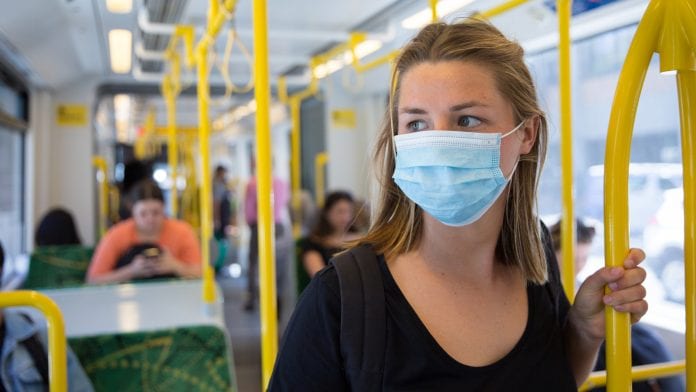
Researchers have created a new air filter that they say can kill COVID-19 instantly.
The researchers from the University of Houston reported that virus tests at the Galveston National Laboratory found 99.8% of COVID-19 was killed in a single pass through the air filter, which is made from commercially available nickel foam heated to 200 degrees Centigrade. It also killed 99.9% of the anthrax spores in testing at the national lab, which is run by the University of Texas Medical Branch.
Zhifeng Ren, director of the Texas Center for Superconductivity at UH, collaborated with Monzer Hourani, CEO of Medistar, a Houston-based medical real estate development firm, and other researchers to design the filter. The research has been published which is described in a paper published in Materials Today Physics.
Disinfecting public areas
The researchers say the filter could be useful for killing COVID-19 in public places, which would help society in its return to daily activities.
Co-corresponding author Ren, MD Anderson Chair Professor of Physics at UH, said: “This filter could be useful in airports and in airplanes, in office buildings, schools and cruise ships to stop the spread of COVID-19.
“Its ability to help control the spread of the virus could be very useful for society.”
Creating a heated filter
The virus cannot survive temperatures above 70 degrees Centigrade, about 158 degrees Fahrenheit, so the researchers decided to use a heated filter – killing the virus instantly by setting the temperature to 200 degrees Centigrade.
By making the filter electrically heated the researchers minimised the amount of heat that escaped from the filter, allowing air conditioning to function with minimal strain.
Cheema said: “This novel biodefense indoor air protection technology offers the first-in-line prevention against environmentally mediated transmission of airborne SARS-CoV-2 and will be on the forefront of technologies available to combat the current pandemic and any future airborne biothreats in indoor environments.”
Hourani and Peel have called for a phased roll-out of the device, “beginning with high-priority venues, where essential workers are at elevated risk of exposure (particularly schools, hospitals and health care facilities, as well as public transit environs such as airplanes).”
























